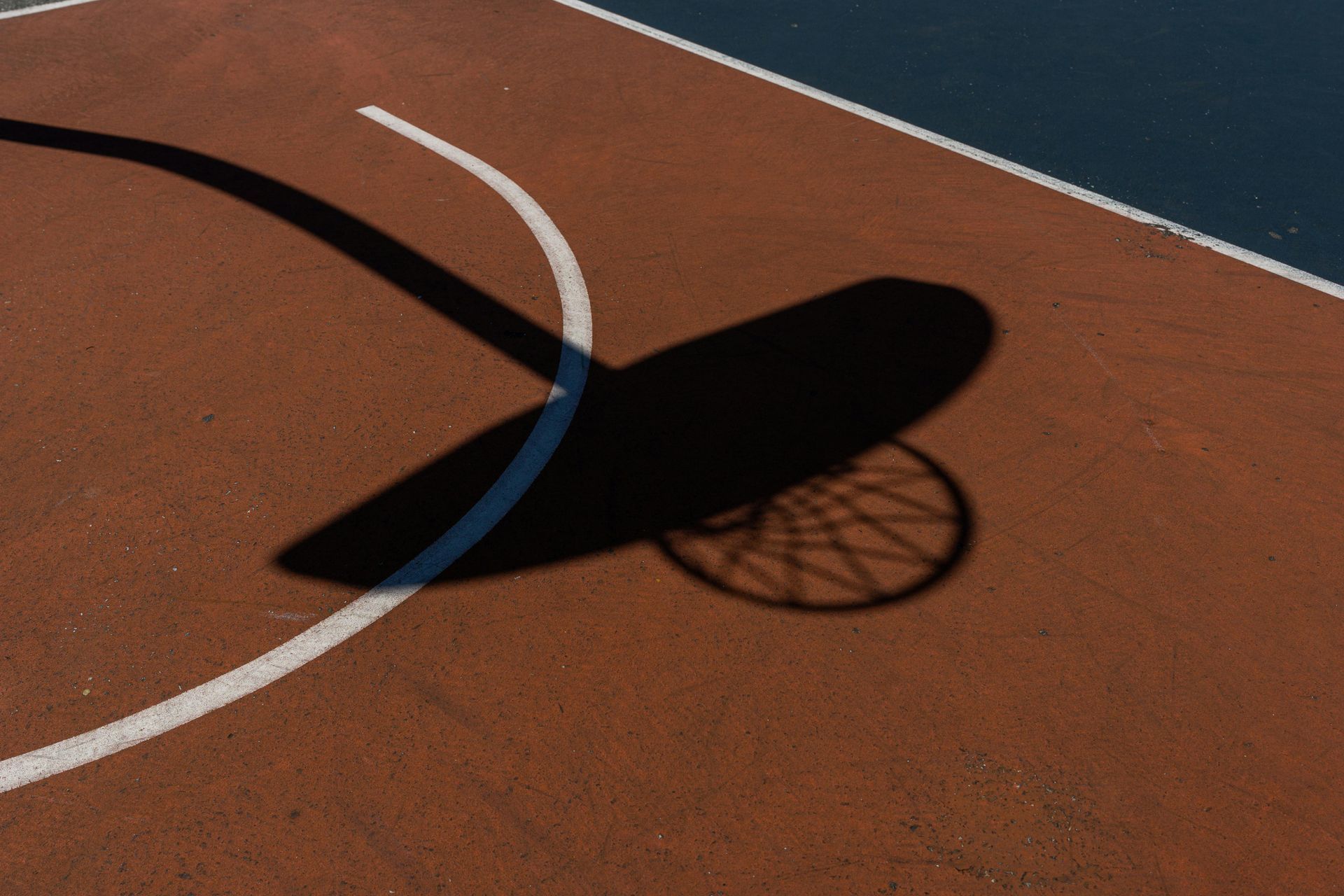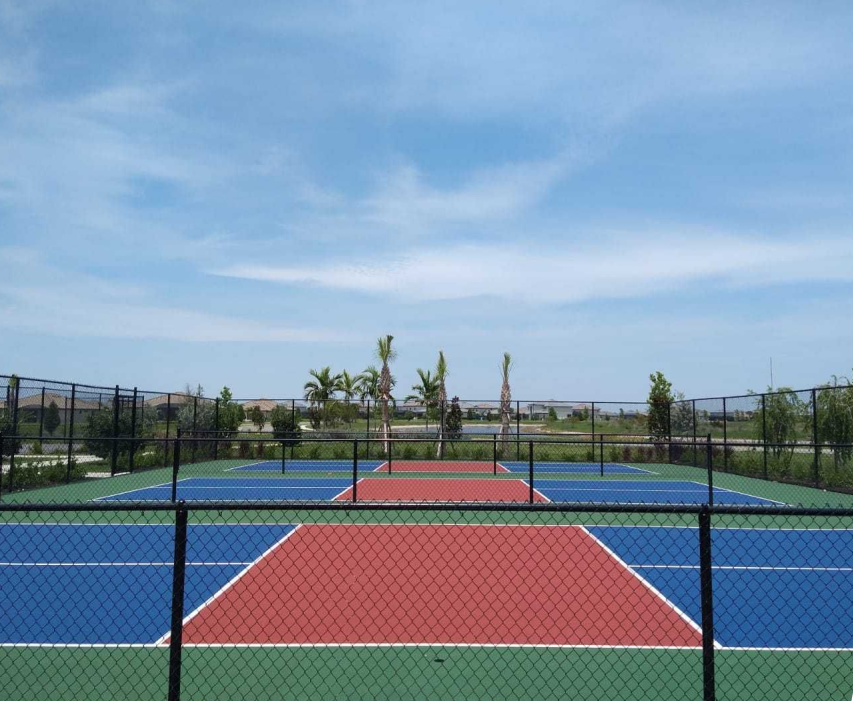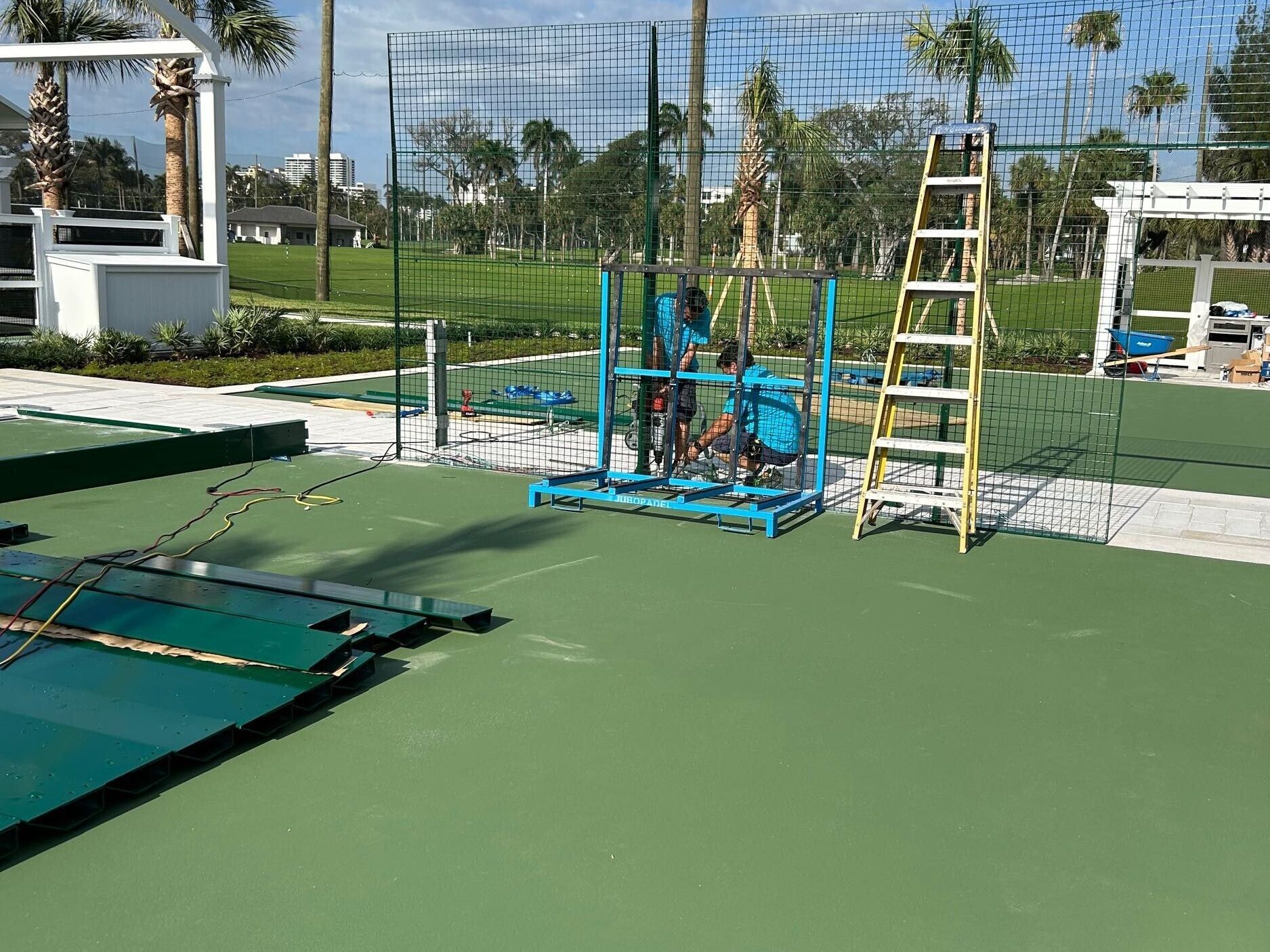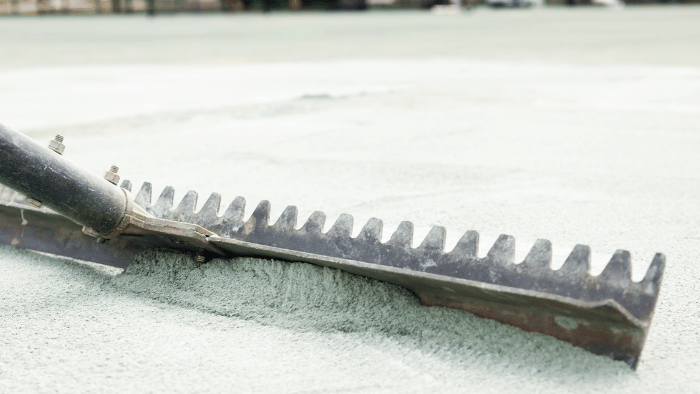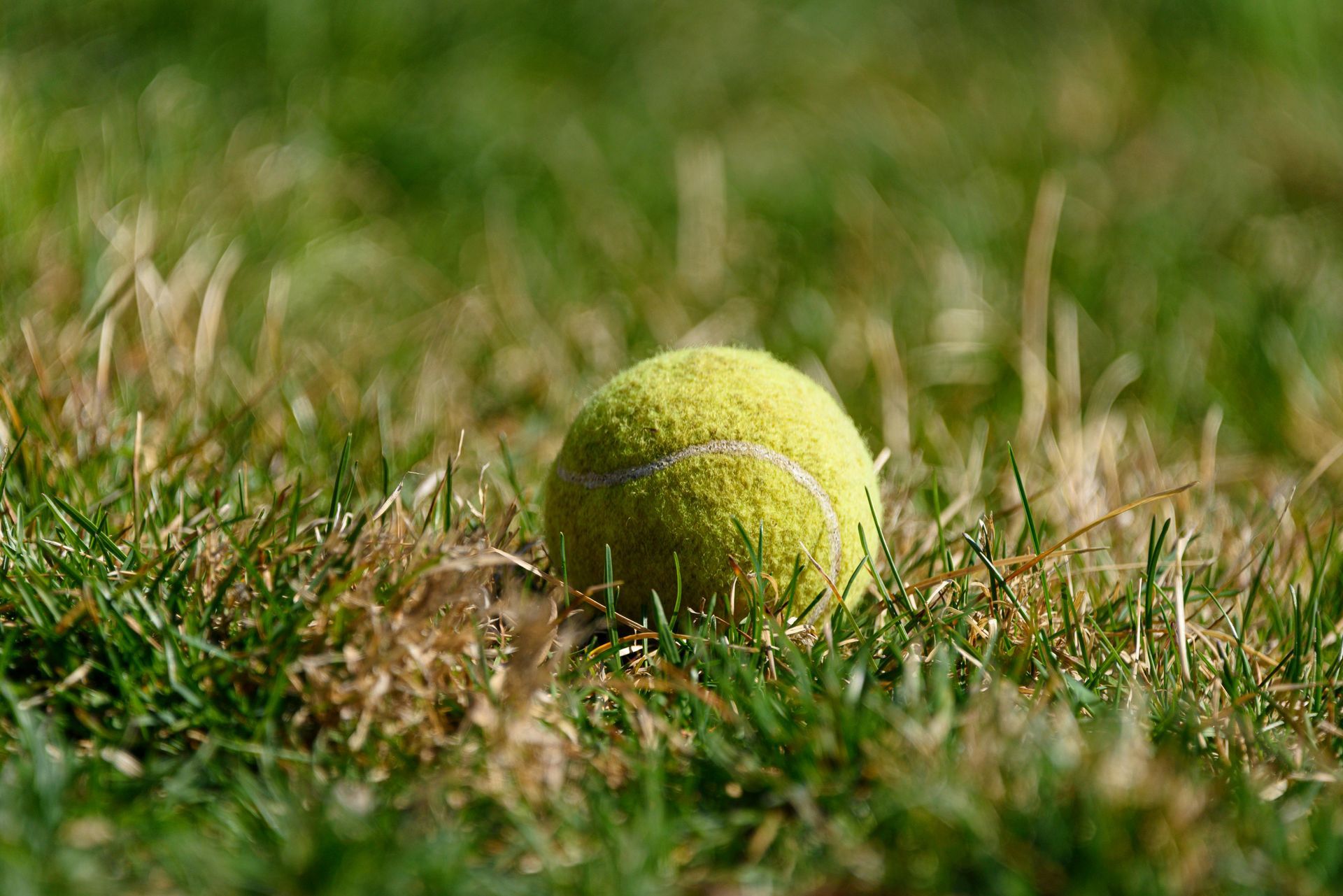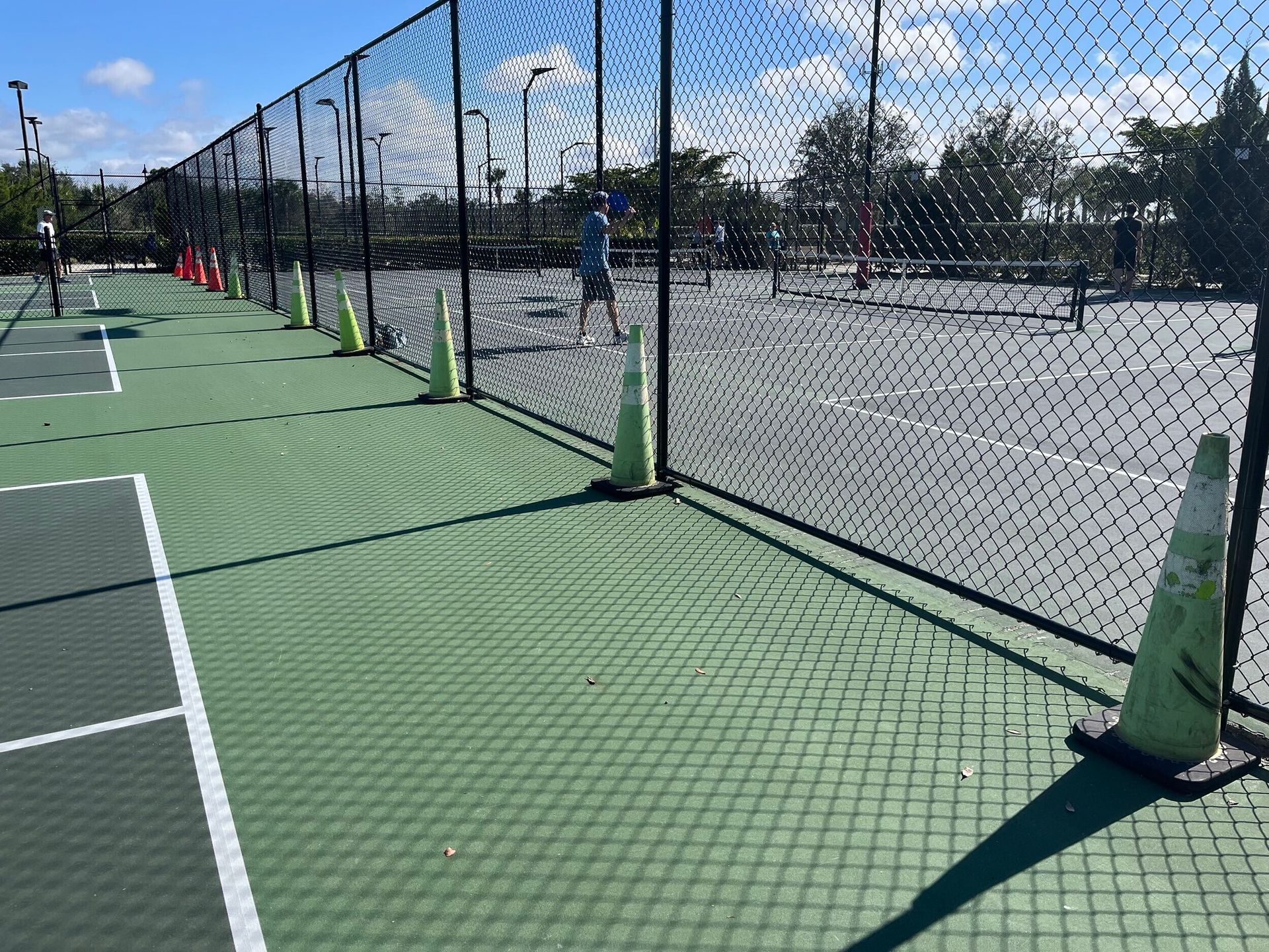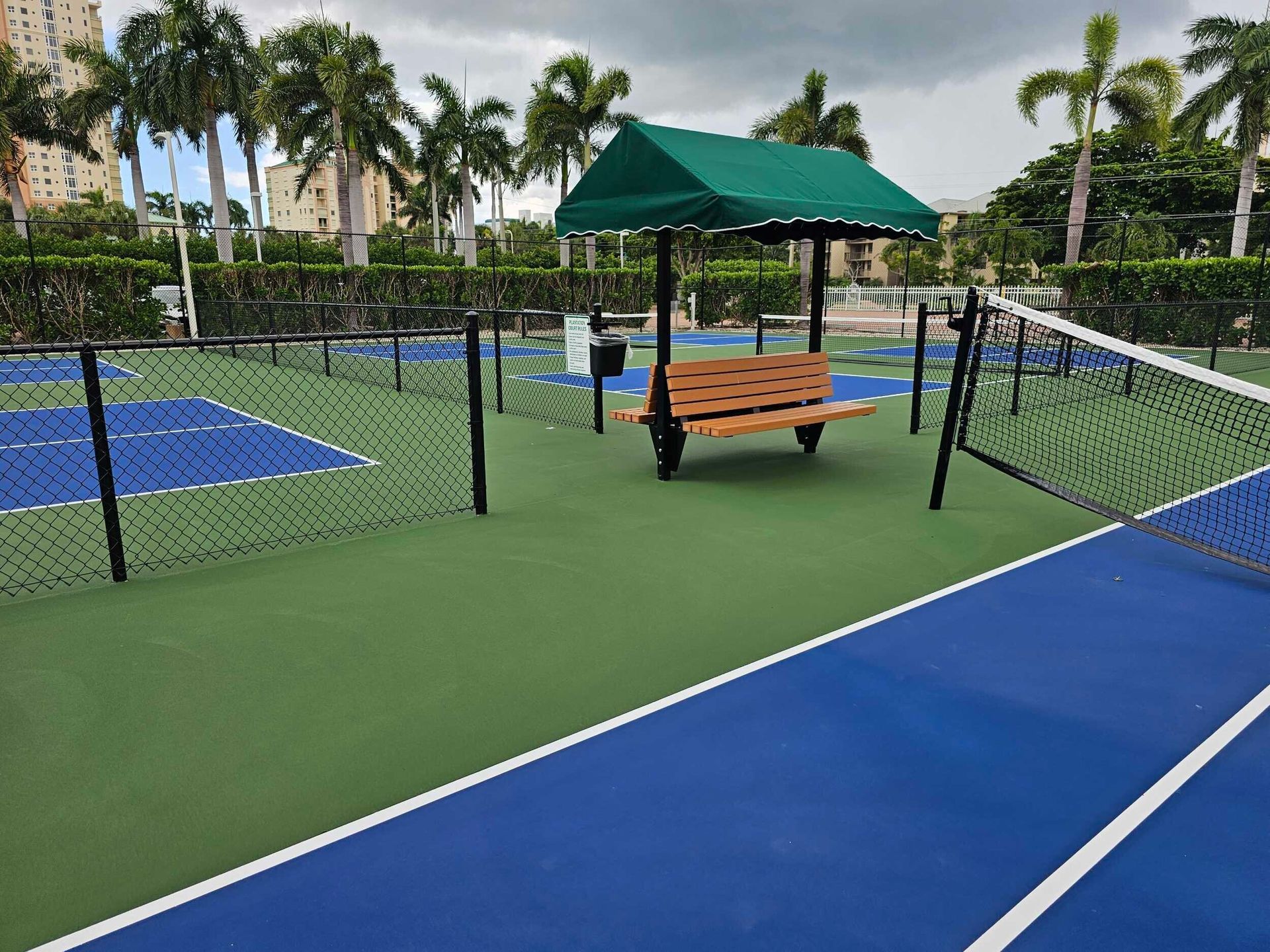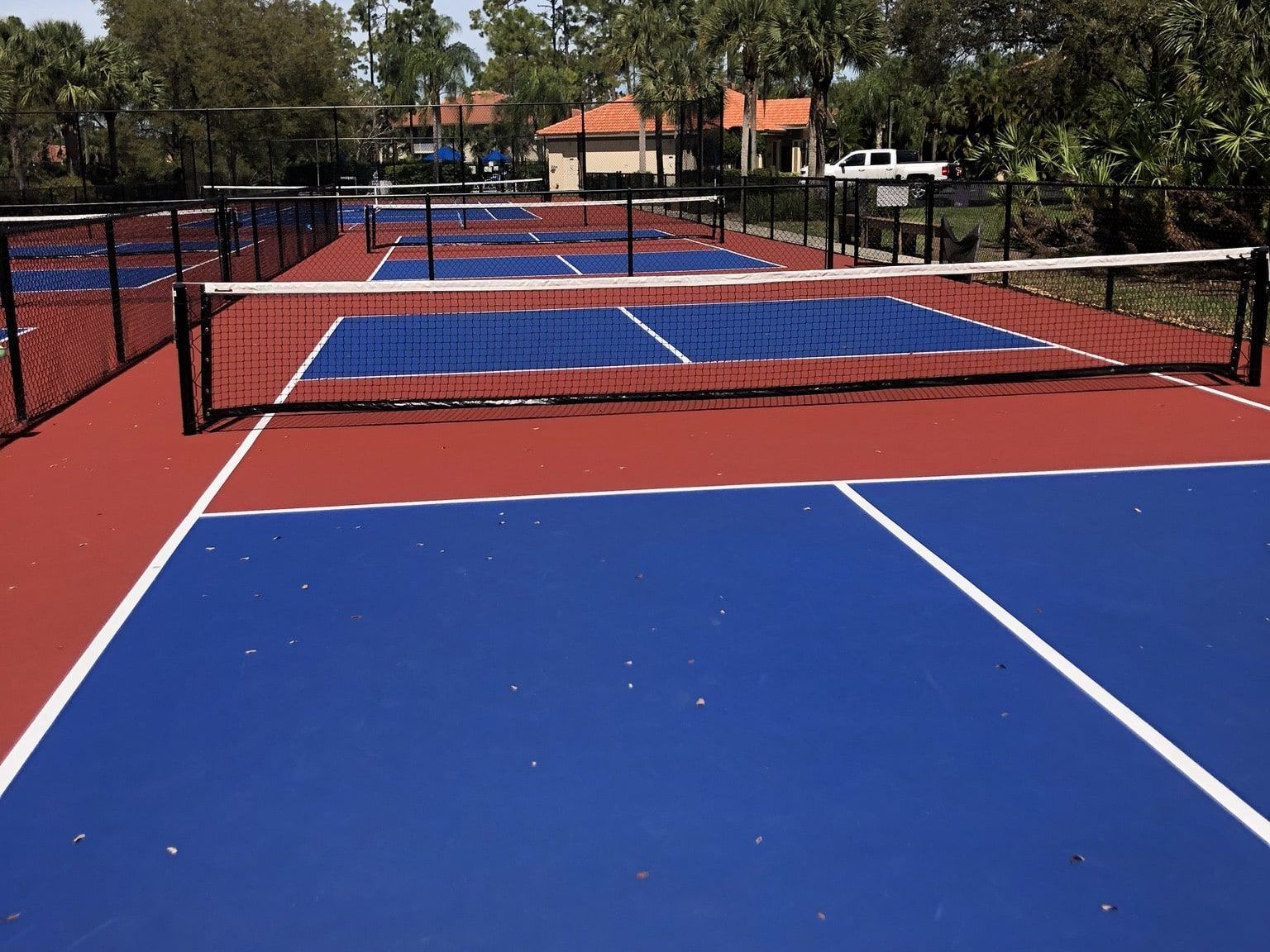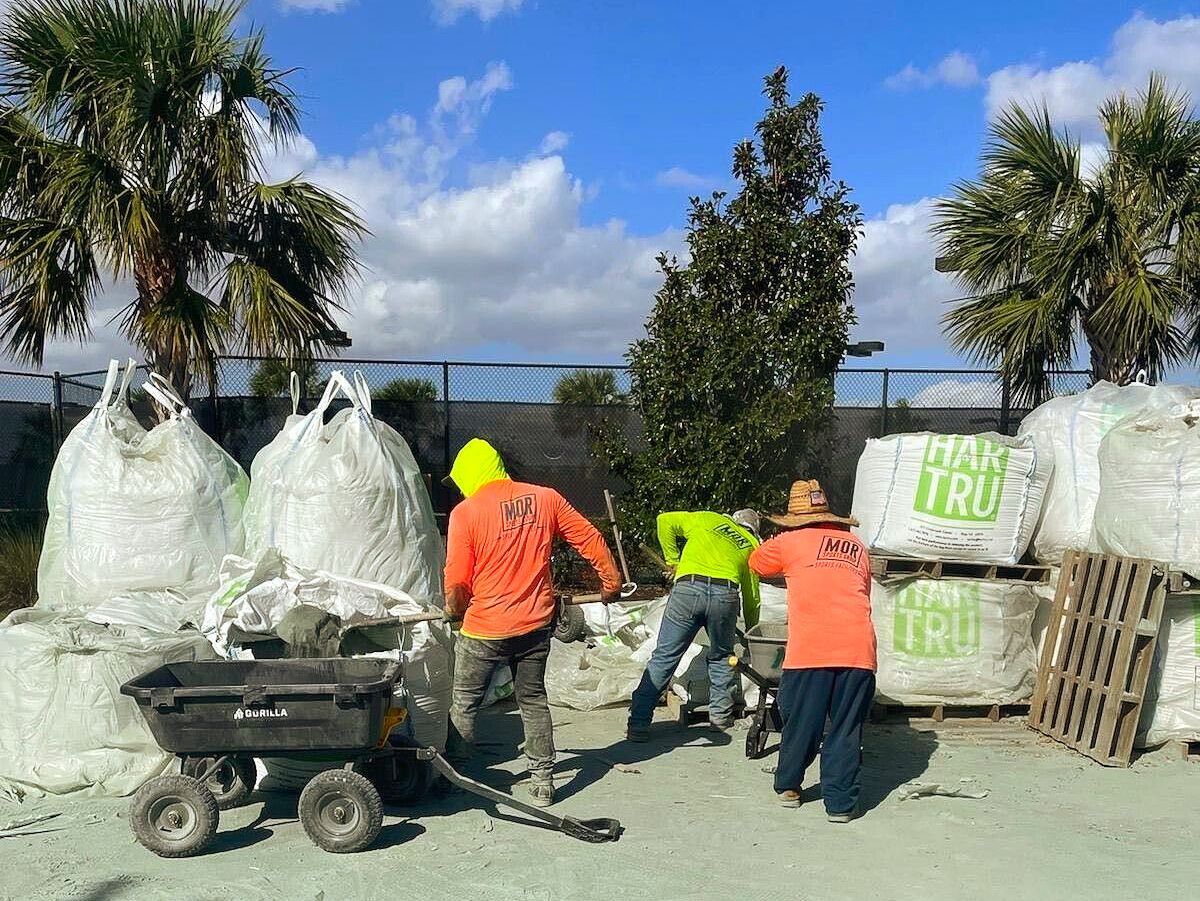The Rise of Pickleball in America

Pickleball, a sport that combines elements of tennis, badminton, and ping-pong, has quietly risen to become one of the fastest-growing sports in the United States. Its unique blend of accessibility, easy-to-learn rules, and cross-generational appeal has seen it move from a backyard hobby to a nationwide sensation almost overnight.
Unlike other sports that often require a high level of skill or physical fitness to enjoy, pickleball welcomes everyone—from young children picking up a racket for the first time to seniors looking for a fun way to stay active. This inclusive nature is just one of the reasons behind its explosive growth and why communities across the country are quickly falling in love with pickleball.
Historical Background
The story of pickleball's creation is as charming as the game itself. In the summer of 1965, on Bainbridge Island near Seattle, Washington, three fathers—Joel Pritchard, Bill Bell, and Barney McCallum—devised the game to entertain their bored families. They wanted a sport that everyone could play together, regardless of age or athletic ability.
Starting with ping-pong paddles, a wiffle ball, and a badminton net set at a lower height, they crafted the basics of what would become pickleball.
Over the decades, what began as a simple family game evolved into a structured sport with formalized rules. Its quirky name, often attributed to the Pritchards' family dog, Pickles, who loved to chase the ball, adds to its unique charm.
From those humble beginnings, pickleball has grown steadily, capturing hearts and competitive spirits across America. Its story is a testament to the power of simplicity and the universal desire for shared, joyful activity.
Reasons for Popularity
Pickleball's surge in popularity across America can be attributed to several key factors that make it uniquely appealing to a broad audience.
Inclusivity and Accessibility
One of the sport's greatest strengths is its inclusivity. Children, adults, and seniors can all play together, making it a favorite family game and a hit in community centers and retirement communities alike. The rules are simple to learn, and the game requires minimal equipment, making it accessible to people of all backgrounds and skill levels.
Social Aspect
Pickleball is more than just a game; it's a social event. The smaller court size encourages conversation and interaction among players, fostering a sense of community and camaraderie. This social aspect has contributed significantly to its growth, as players often form close-knit groups that meet regularly to play.
Health Benefits
Playing pickleball offers numerous physical and mental health benefits. It improves cardiovascular health, enhances agility, and promotes a healthy lifestyle, all while being easier on the joints than other racquet sports. The game's fun and engaging nature also make it an excellent stress reliever and a way to improve mental well-being.
Economic Factors
Compared to other sports, pickleball is relatively inexpensive to play. Courts can be set up on existing tennis or badminton courts, and the equipment is affordable. This economic accessibility has helped the sport spread quickly, as communities and individuals can adopt it without significant investment.
Together, these factors create a compelling mix that explains why pickleball has become a beloved pastime for millions of Americans, growing from a makeshift family game into a nationwide phenomenon.
Growth Indicators
The rapid rise of pickleball in America is evident through various growth indicators, painting a picture of a sport on the move.
Increasing Court Construction
Across the nation, parks, recreation centers, and private clubs are racing to meet the demand for pickleball courts. Dedicated facilities are popping up, and existing tennis courts are often re-striped to accommodate pickleball play, signaling the sport's expanding footprint.
Surge in Equipment Sales
The growing interest in pickleball is mirrored in the skyrocketing sales of paddles, balls, and nets. Sporting goods stores report significant increases in pickleball equipment sales, indicating not only a rise in new players but also growing enthusiasm among existing ones.
Expansion in Clubs and Leagues
The community aspect of pickleball has spurred the formation of clubs and leagues, where players of all ages gather for competitive play and social interaction. Schools and colleges are beginning to introduce pickleball into their physical education programs and extracurricular activities, further solidifying its place in American sports culture.
These indicators collectively underscore the remarkable ascent of pickleball from a backyard novelty to a mainstream sport. The investment in infrastructure, the boom in equipment sales, and the formation of new social and competitive circles all point to a bright future for pickleball in America.
We have written another guide on
Top trends in Pickleball court Construction in the USA. Please check it out!
Challenges and Opportunities
Despite its rapid growth, pickleball faces certain challenges that could impact its continued expansion. However, with these challenges come opportunities for further development and increased popularity.
One common challenge is the availability of courts. As the demand for pickleball increases, so does the competition for court space, often leading to conflicts with tennis players and other court users. This issue highlights the need for more dedicated pickleball facilities and may encourage communities to invest in new infrastructure.
Noise concerns have also been raised by residents living near pickleball courts, due to the distinctive sound of the ball being struck. Addressing these concerns through sound-dampening technologies or designated playing hours can help mitigate tensions and foster community harmony.
On the opportunity side, pickleball's growth presents a chance to promote physical activity and social interaction among all age groups, contributing to public health and community cohesion. The sport's simplicity and low barrier to entry make it an ideal tool for schools and community programs aimed at encouraging a healthy lifestyle.
The increasing interest in pickleball could open doors for more significant media coverage, sponsorships, and professional competitions, elevating the sport's profile on the national and international stage.
Navigating these challenges and seizing the opportunities will be crucial for the sustained growth of pickleball, ensuring that it remains an accessible and enjoyable sport for generations to come.
Conclusion
The ascent of pickleball from a backyard pastime to a nationwide sensation is a testament to its broad appeal and inclusive nature. Facing challenges like court availability and noise concerns, the sport also sees vast opportunities for community building, health promotion, and even international recognition. With ongoing enthusiasm and strategic development, pickleball is poised for a promising future, continuing to bring people together for fun, exercise, and camaraderie. As it grows, pickleball stands ready to leave an enduring mark on the landscape of American sports.
